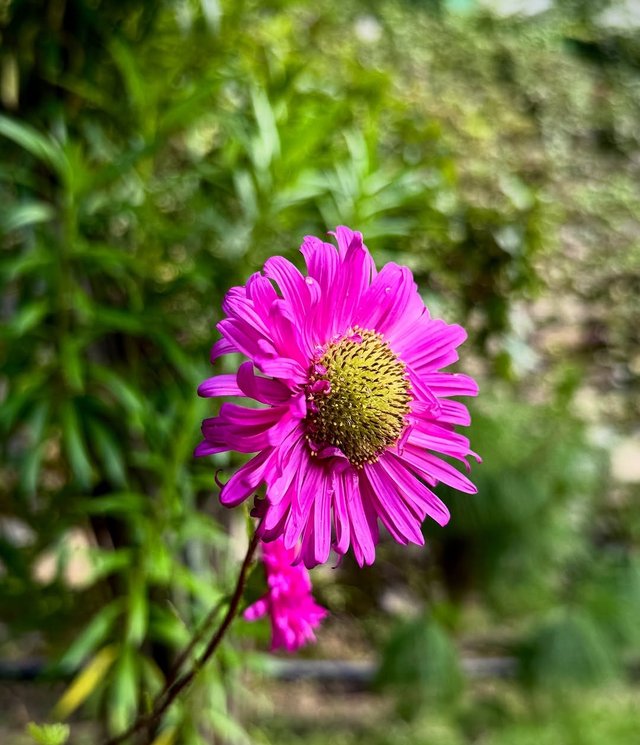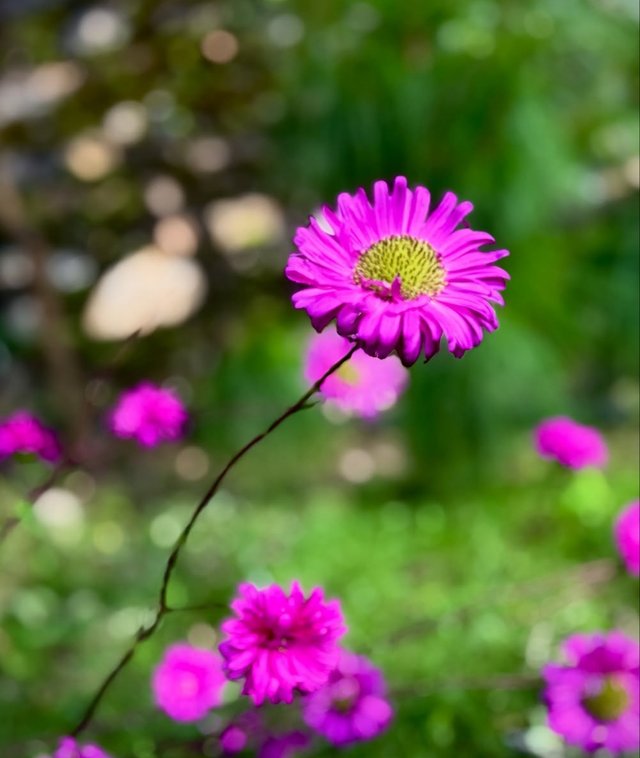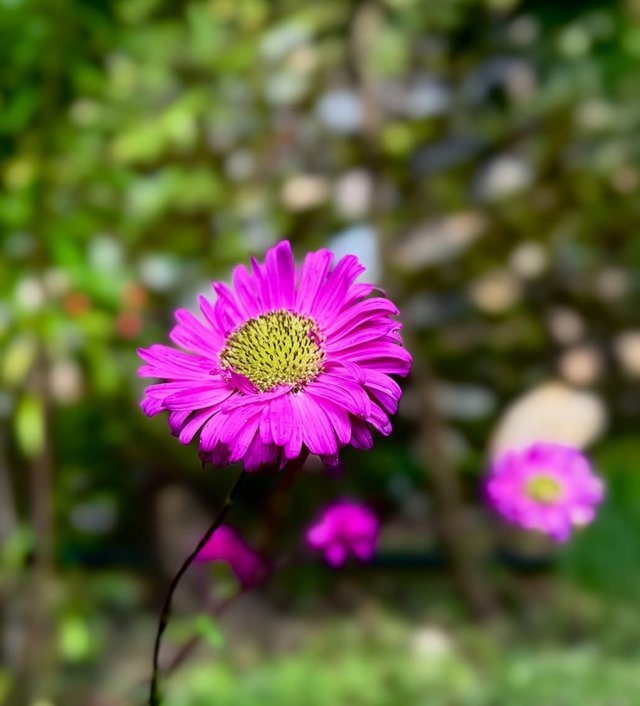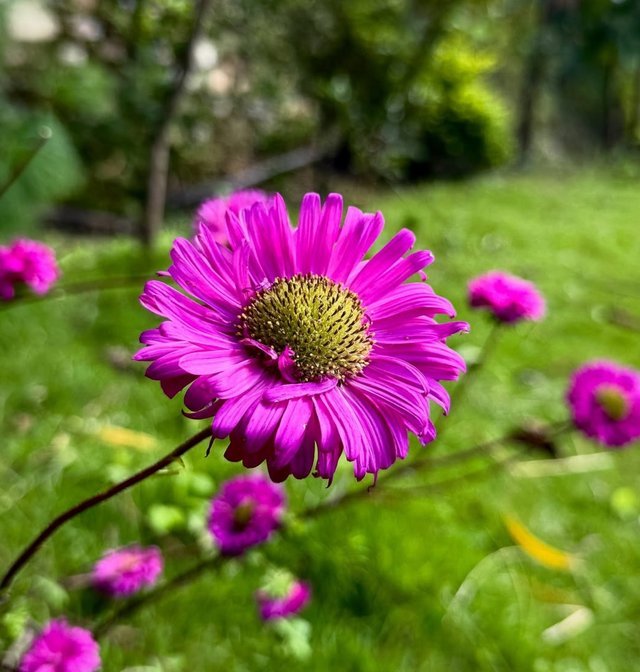Pink Colour Callistephus Flower
Callistephus: The Charming China Aster
Callistephus, commonly known as China aster, is a captivating flowering plant genus that belongs to the daisy family. Though it is a monotypic genus—containing only one recognized species, Callistephus chinensis—its remarkable variety of cultivated forms has made it a favorite in gardens worldwide. Originating from China and Korea, Callistephus has captured the hearts of gardeners, florists, and plant enthusiasts for centuries.
Botanical Overview
Scientific name: Callistephus chinensis
Family: Asteraceae
Native range: China and Korea
Common names: China aster, Annual aster
Growth habit: Annual herbaceous plant
Callistephus plants typically grow between 20 to 90 cm tall, depending on the variety. Their stems are erect, leafy, and often branched, bearing simple, toothed leaves. The flowers—technically composite flower heads—are the plant’s crowning glory. They come in a dazzling array of colors, including purple, lavender, pink, red, blue, and white, with bright yellow central disks or sometimes fully double forms that hide the disk entirely.
History and Cultural Significance
China asters were introduced to Europe in the 18th century, where they quickly became a horticultural sensation. Their name “Callistephus” derives from the Greek words kallos and stephos, perfectly describing their ornate blooms. In Victorian flower symbolism, China asters were associated with elegance, patience, and remembrance, often used in bouquets to convey sentiments of love or farewell.
In Chinese culture, asters have been admired for their late-season blooms, symbolizing endurance and elegance. They often flower in late summer to autumn, bringing color to gardens when many other plants are fading.
Varieties and Hybrids
Horticultural breeding has produced an impressive range of Callistephus cultivars. These varieties differ in:
Bloom form: Single, semi-double, pompon, quilled, or chrysanthemum-like.
Plant size: Dwarf types suited for borders and pots, or tall varieties perfect for cutting gardens.
Color palette: From soft pastels to vibrant jewel tones.
Popular series include ‘Matsumoto,’ ‘Powder Puff,’ and ‘Serenade,’ each known for specific traits like strong stems for cut flowers or extra-long bloom periods.
Growing Conditions
Callistephus is widely grown as an annual bedding plant or for cut flowers. To cultivate healthy China asters:
Soil: Well-draining, moderately fertile soil enriched with compost.
Sunlight: Full sun for the best flowering, though they tolerate partial shade.
Watering: Regular, even moisture—avoid waterlogging to prevent root rot.
Spacing: Proper airflow reduces the risk of fungal diseases like aster wilt.
Propagation: Grown easily from seeds sown indoors 6–8 weeks before the last frost or directly outdoors after frost danger has passed.
They generally bloom from mid-summer into fall, providing continuous color in garden beds, borders, and containers.
Uses and Benefits
Ornamental Value: Their colorful, showy flowers make them excellent for landscaping and container gardening.
Cut Flowers: China asters have a long vase life and are widely used in floral arrangements.




%20(8).jpeg)